Health issues: One of the main health issues reported in recent weeks has been orf in lambs. Along with the characteristic symptoms of lesions on the mouth and nose of animals, more producers are reporting cases where lesions are located on the inside of the gums and mouth. This is a higher-risk condition as a lamb’s suckling and grazing behaviour will be limited to varying degrees.
While a high percentage of healthy, thriving sheep will overcome the virus in time, problems occur where a secondary bacterial infection takes hold and, in particular, in the severe cases described above, where nutritional intake is also compromised. If significant lesions are present, it is important to administer an antibiotic treatment to prevent bacterial infection.
As orf is a virus, there are no veterinary treatments. Some farmers administer tablets, others use homeopathic sprays, while producers have also, in cases, reported that they found some success in administering an ivermectin-based injection. There is no veterinary evidence to support this, but farmers who have particular problems are willing to try all available methods.
Lambs will also need special treatment and the advice is to isolate them from the rest of the flock. Depending on the lamb’s age, artificial feeding may be required. This is particularly the case where ewes have also contracted orf and lesions are present on teats. An associated risk in such circumstances is mastitis in ewes.
There is a vaccine available called Scabivax Forte. This replaced Scabivax in 2016 and some reports suggest fewer farmers used the vaccine as it had to be sourced through a veterinary practitioner. Once administered, it takes four to eight weeks for animals to build immunity, which provides protection for 12 months or longer.
Worm control: This week’s sheep feature on pages 44 and 45 details advice on worm control. Given the difficult spring, it is important that lactating hoggets are included in a worm control programme. This is due to delayed development of natural immunity in these sheep due to greater nutritional stress. The same advice is relevant, as listed in the sheep feature, with faecal egg counts identifying the need for treatment.
Factory hoggets: Throughput of hoggets has reduced to a minimum, with supplies drying up. Some plants use setting of the first two permanent teeth as an indicator animals have turned a year old and, in some cases, are trying to offer a lower price for these animals. Cases are influenced by negotiating power but it is worth checking animals before drafting and clarifying the situation with your agent or with factory procurement before slaughtering.
Scald: The changeable weather in recent days is also giving rise to scald in lambs. The most effective treatment is running sheep through a footbath solution. Isolated cases can also be treated with foot spray, with the desired longer-term approach to run sheep through a footbath when completing any tasks such as dosing or weighing.
Health issues: One of the main health issues reported in recent weeks has been orf in lambs. Along with the characteristic symptoms of lesions on the mouth and nose of animals, more producers are reporting cases where lesions are located on the inside of the gums and mouth. This is a higher-risk condition as a lamb’s suckling and grazing behaviour will be limited to varying degrees.
While a high percentage of healthy, thriving sheep will overcome the virus in time, problems occur where a secondary bacterial infection takes hold and, in particular, in the severe cases described above, where nutritional intake is also compromised. If significant lesions are present, it is important to administer an antibiotic treatment to prevent bacterial infection.
As orf is a virus, there are no veterinary treatments. Some farmers administer tablets, others use homeopathic sprays, while producers have also, in cases, reported that they found some success in administering an ivermectin-based injection. There is no veterinary evidence to support this, but farmers who have particular problems are willing to try all available methods.
Lambs will also need special treatment and the advice is to isolate them from the rest of the flock. Depending on the lamb’s age, artificial feeding may be required. This is particularly the case where ewes have also contracted orf and lesions are present on teats. An associated risk in such circumstances is mastitis in ewes.
There is a vaccine available called Scabivax Forte. This replaced Scabivax in 2016 and some reports suggest fewer farmers used the vaccine as it had to be sourced through a veterinary practitioner. Once administered, it takes four to eight weeks for animals to build immunity, which provides protection for 12 months or longer.
Worm control: This week’s sheep feature on pages 44 and 45 details advice on worm control. Given the difficult spring, it is important that lactating hoggets are included in a worm control programme. This is due to delayed development of natural immunity in these sheep due to greater nutritional stress. The same advice is relevant, as listed in the sheep feature, with faecal egg counts identifying the need for treatment.
Factory hoggets: Throughput of hoggets has reduced to a minimum, with supplies drying up. Some plants use setting of the first two permanent teeth as an indicator animals have turned a year old and, in some cases, are trying to offer a lower price for these animals. Cases are influenced by negotiating power but it is worth checking animals before drafting and clarifying the situation with your agent or with factory procurement before slaughtering.
Scald: The changeable weather in recent days is also giving rise to scald in lambs. The most effective treatment is running sheep through a footbath solution. Isolated cases can also be treated with foot spray, with the desired longer-term approach to run sheep through a footbath when completing any tasks such as dosing or weighing.




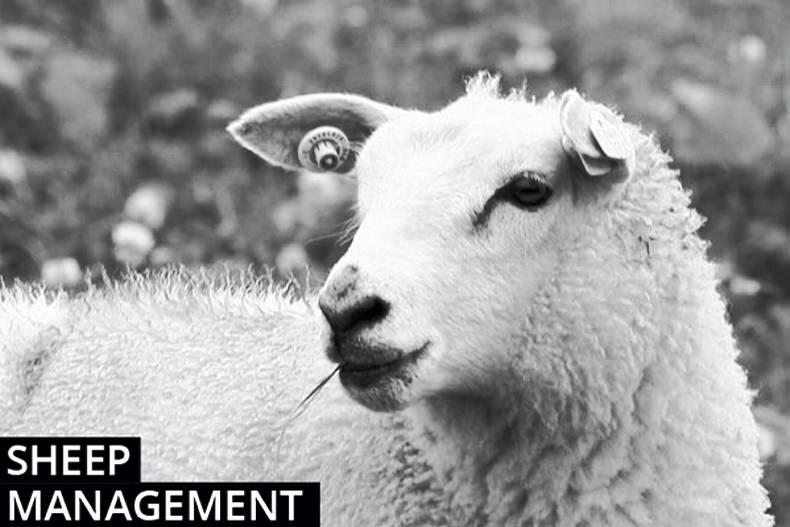
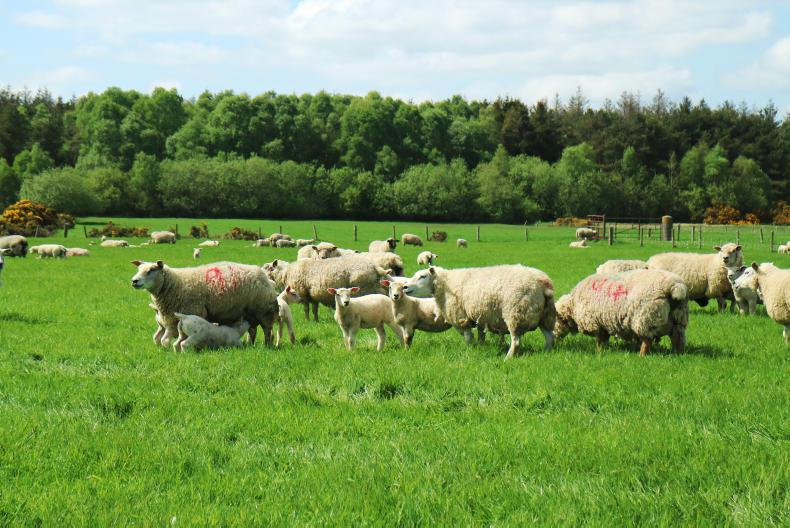

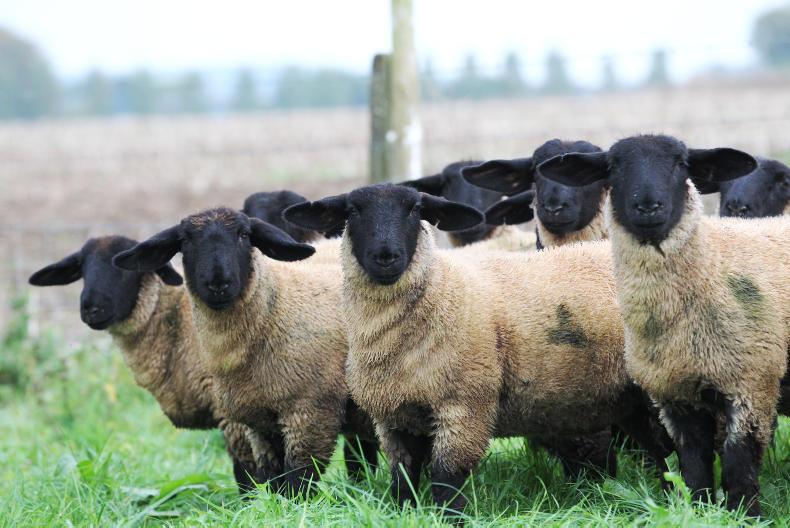
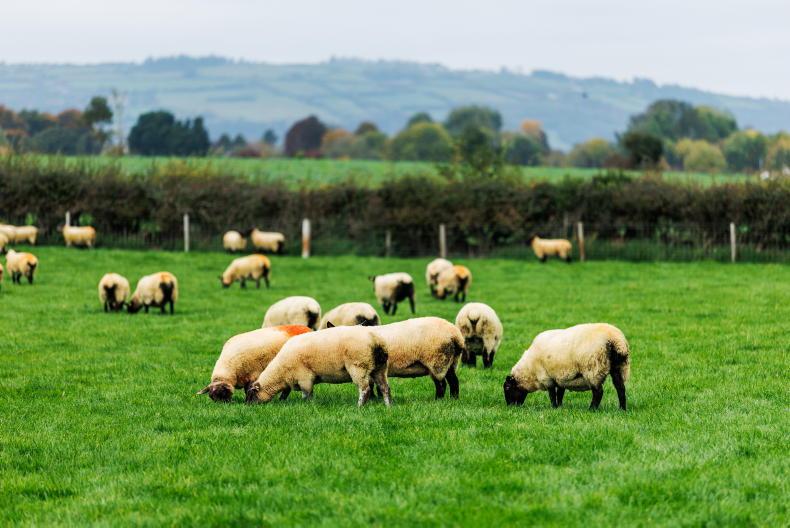
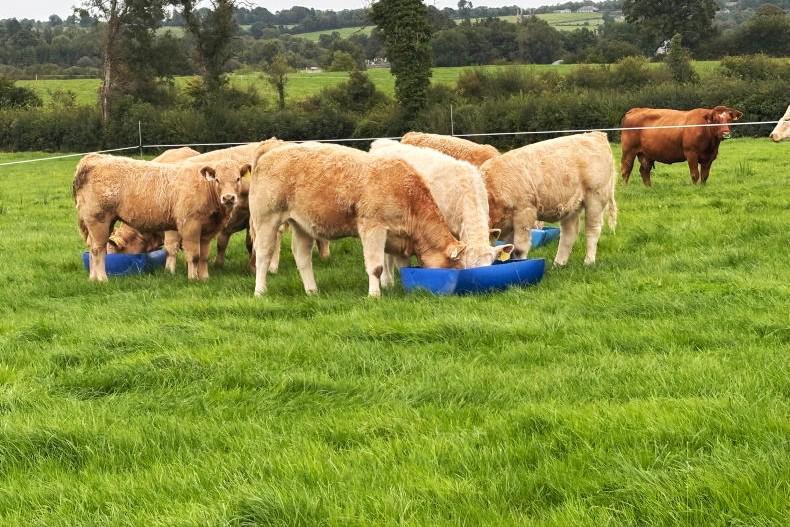
SHARING OPTIONS